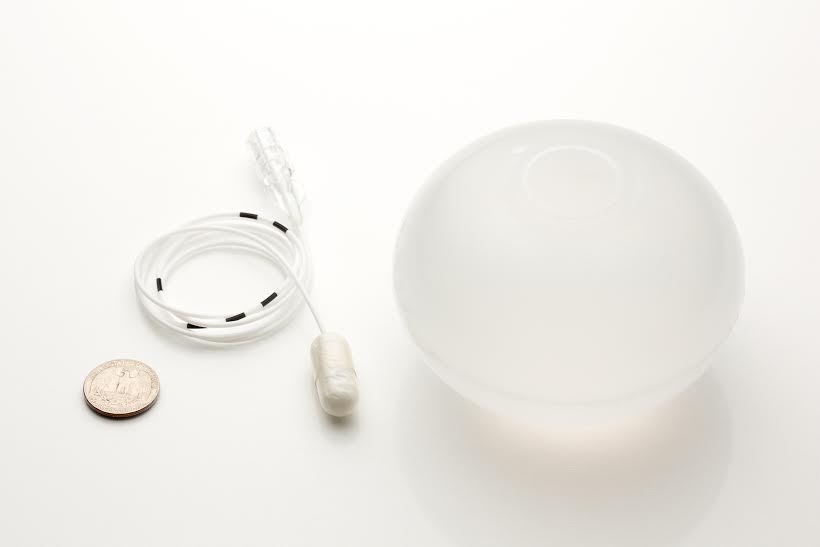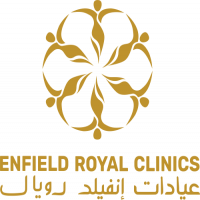Understanding the Risks: Gastric Balloon Side Effects Explained

Strong 8k brings an ultra-HD IPTV experience to your living room and your pocket.
Gastric balloon procedures have gained immense popularity as a non-surgical weight loss solution. It’s a non-invasive treatment where a balloon is placed inside your stomach to limit the amount of food you can consume. But, like any medical procedure, it’s important to understand the potential risks and side effects. In this article, we’ll break down what you need to know about Gastric Balloon Dubai, how the procedure works, and what to expect during your weight loss journey.
What is a Gastric Balloon?
Before diving into the side effects, let’s first explore what a gastric balloon is. This weight loss method involves placing a deflated balloon into your stomach via the mouth using an endoscopic procedure. Once inside, the balloon is filled with a sterile solution to partially fill the stomach, reducing your appetite and helping you feel fuller with less food.
The procedure is typically recommended for individuals who have struggled with obesity and other weight loss methods. It’s a non-surgical alternative for weight loss that works in conjunction with lifestyle changes such as diet and exercise.
While the results can be impressive, it’s crucial to be aware of the side effects and potential complications that can arise during and after the procedure.
Common Gastric Balloon Side Effects
Nausea and Vomiting
One of the most common side effects after getting a gastric balloon is nausea. Since the balloon occupies a significant portion of the stomach, your body may initially react by feeling uncomfortable or even vomiting. This usually occurs in the first few days after the procedure as your body adjusts to the new sensation.
It’s important to stay hydrated and follow your healthcare provider’s advice on managing these symptoms. In most cases, these symptoms subside within a few days, and your body adapts to the balloon.
Abdominal Discomfort and Bloating
Many people experience bloating or a feeling of fullness after the procedure. This is completely normal and occurs as a result of the balloon occupying space in your stomach. While this discomfort might seem unpleasant, it usually lessens as your body adjusts over time.
Acid Reflux and Heartburn
Some individuals report experiencing acid reflux or heartburn after the placement of the gastric balloon. Since the balloon takes up space in the stomach, it can sometimes put pressure on the lower esophageal sphincter, leading to these digestive issues.
If heartburn becomes severe or persistent, it’s important to consult with your healthcare provider for potential remedies.
Risk of Infection
As with any medical procedure, there’s always a small risk of infection. Although the gastric balloon procedure is minimally invasive, there’s a chance of infection at the insertion site. Proper care and hygiene are essential to minimize the risk of complications.
Balloon Deflation or Migration
Though rare, the balloon could deflate or shift out of place, causing it to move through the gastrointestinal tract. This is an uncommon side effect but can lead to additional symptoms such as discomfort, vomiting, or even more serious complications if not addressed promptly.
Psychological Effects
Weight loss can be emotionally challenging, and some individuals may experience psychological effects related to the balloon placement. Feelings of frustration, anxiety, or stress about weight loss progress are not uncommon.
It’s essential to maintain a positive mindset and seek support from healthcare professionals or weight loss groups during your journey.
Post-Treatment Care and Considerations
After the procedure, taking the right steps in your recovery process will ensure a smoother transition and better results. Here are a few tips to help you stay on track:
1. Follow a Structured Diet Plan
While the balloon will limit your food intake, it’s important to follow a balanced and nutritious diet to maximize weight loss. A healthcare professional or nutritionist can guide you through a diet plan tailored to your needs.
2. Stay Hydrated
Drinking plenty of water is crucial, especially in the early days after the procedure. Staying hydrated helps manage the discomfort associated with the balloon and supports overall health.
3. Exercise Regularly
Physical activity should complement the weight loss process. Although you’ll experience a reduced appetite, it’s still essential to engage in regular exercise to support long-term weight management.
4. Monitor Your Symptoms
While the majority of side effects are temporary and mild, it’s important to closely monitor any discomfort or unusual symptoms. If side effects worsen or become concerning, contact your healthcare provider for advice.
5. Mental Health Support
Weight loss isn’t just a physical journey—it’s also a mental one. Managing stress, anxiety, and emotional eating is an integral part of achieving sustainable results. Consider seeking counseling or joining a support group if needed.
When to Seek Medical Attention
While most side effects of a gastric balloon are manageable, there are situations where medical attention should be sought:
Severe abdominal pain that doesn’t improve with medication
Persistent nausea or vomiting that lasts more than a few days
Signs of infection, such as fever or unusual redness at the insertion site
Difficulty swallowing or chest pain
Early detection and intervention are key to preventing more serious complications.
The Benefits of Gastric Balloon
Despite the risks, many individuals find that the Gastric Balloon in Dubai, non-surgical solution for weight loss. By limiting your ability to eat large portions, it can help you form healthier eating habits. In combination with exercise and diet changes, many patients experience significant weight loss.
Some additional benefits of the gastric balloon include:
No need for surgery: Unlike gastric bypass or other surgical weight loss procedures, the gastric balloon is minimally invasive and doesn’t require cutting or stitching.
Faster recovery: Since the procedure doesn’t involve major surgery, recovery time is much shorter.
Reversible: If you don’t experience the desired results or encounter too many complications, the balloon can be removed without permanent effects.
Conclusion
The gastric balloon is an innovative and effective tool for weight loss, but like all medical treatments, it comes with potential risks and side effects. Understanding these risks can help you make an informed decision about whether this procedure is right for you. If you’re considering a gastric balloon, it’s essential to work closely with healthcare professionals to ensure you’re prepared for both the physical and emotional aspects of the journey.
Note: IndiBlogHub features both user-submitted and editorial content. We do not verify third-party contributions. Read our Disclaimer and Privacy Policyfor details.


